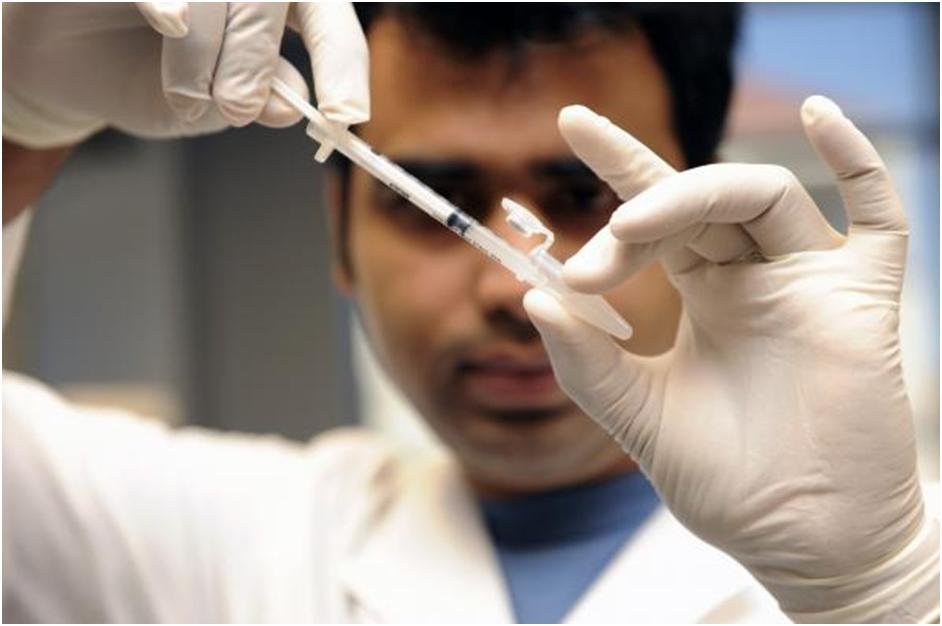IIT-M researchers unravel unique mechanism of bacterial proteins
July 03, 2019 | Wednesday | News
Developing treatment for bacterial infection and understanding fundamental mechanisms by which bacteria resist treatment depend upon understanding the molecular-level changes that take place in bacterial proteins on infection
image credit- natureblogs.com
Indian Institute of Technology Madras researchers have unravelled the mechanism by which bacterial proteins respond to changes in external environment. Results of their work that involved both experiments and simulations, is now published in the prestigious peer-reviewed journal Nature Communications.
This research by Dr. Athi Narayanan Naganathan, Wellcome Trust/DBT India Alliance Fellow and Assistant Professor, Protein Biophysics Laboratory, Bhupat and Jyoti Mehta School of Biosciences, Department of Biotechnology, IIT Madras, is significant in that it explains in detail the structural changes that occur in bacterial proteins in response to stimulus.
Speaking about the importance of this research, Dr. Athi Narayanan said, “Bacterial systems display incredible adaptability which is primarily driven by proteins that respond in an intricate manner to changing environmental conditions. In this work, we have shown that understanding and manipulating the basic molecular forces that hold the protein together can go a long way in understanding pathogenicity.”
The susceptibility to and intensity of bacterial infection are directly related to the virulence of the bacteria. Bacterial virulence is in turn affected by external environmental conditions such as heat, presence of salts etc. Bacteria have developed regulatory mechanisms that enable their survival under hostile conditions in the host or outside.
For example, E. coli, a common bacterium that results in severe diarrhoea, fever, and dehydration, has to decide when and whether to express the virulence factors (molecules produced by bacteria) so that a host can be successfully invaded. They primarily sense their location (say, whether they are in the soil or in a human host) by monitoring the external salt concentration and temperature.
Bacterial systems have evolved molecular sensors that can inform them whether a host has been invaded or if the environment is hostile or friendly. Such sensors, a majority of which are proteins, undergo structural changes proportional to the prevailing environmental conditions. These changes then determine the extent to which they interact with other proteins that in turn drives expression or silencing of specific genes.
“We have investigated the role of solution osmolarity conditions in modulating the structure, stability, and conformational properties of Cnu and have shown that it acts as an exquisite molecular sensor of solvent ionic strength. The array of conformations that Cnu populates in response to changes in salt concentration are remarkably matched in the binding partner, H-NS, resulting in large changes in the binding properties and hence function. Such molecular symphonies happen not just in bacteria but in all cell types, and what we show here is just one of the many mechanisms that are possible,” Dr. Athi Narayanan says on the nature of this ground-breaking work.
The molecular mechanism by which bacterial proteins sense changes in salt concentrations was not clearly known. To answer this, his research team has chosen a specific protein, Cnu, that is known to have osmo-regulatory (salt-regulatory) properties. Cnu binds to another protein called H-NS and confers salt and temperature adaptability to the bacterium.










